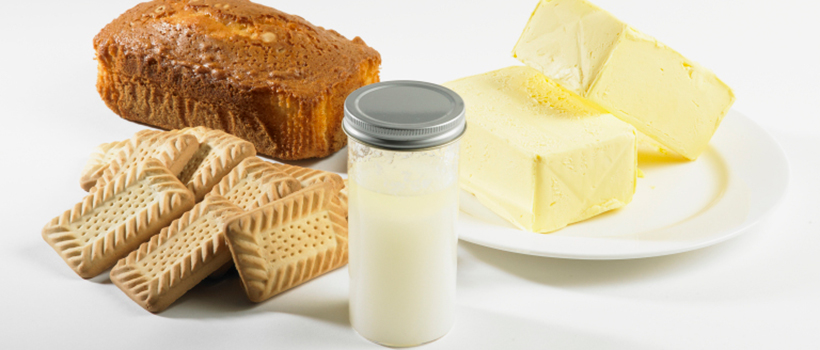
How do you measure enzyme performance in the cereals industry?
29 August 2012 | Sarab Sahi, Rheology and Texture Section Manager
Enzymes are being widely used in the cereals industry to improve processing performance and product quality in a range of food products. Industrial baking in particular uses microbial enzymes as processing aids to improve dough properties as well as to improve product quality and shelf-life, and is an area where there is strong growth.
We have been particularly interested in enzymes that have been developed to improve the baking process and have looked at xylanases, lipases, amylases, proteases, and a number of oxidases. One of the issues facing the end users of such enzymes is how much to use and how effective they are likely to be in a specific product system. It is not an easy task to determine the concentration of an added enzyme. It is likely to be present in very small amounts and factors such as purity and potential inhibitors of activity present in wheat flour can hamper attempts to quantify activity accurately.
The declared activity of enzymes from suppliers is a good starting point, but does not tell the whole story when recipe formulations are being considered. This is because the suppliers of enzymes specify performance in terms of activity under idealised conditions. These can be far removed from a real food system in terms of pH, temperature, substrate concentration and the presence of other ingredients, such as fat and sugar, which can also impact on activity. Any number of ingredients and/or environmental factors can have a limiting effect on enzyme performance. It is therefore essential that when exogenous enzymes are being used they are evaluated under conditions that reflect, as closely as possible, relevant recipe and processing conditions.
We adopt a comprehensive approach to evaluate novel enzyme performance. This broadly consists of characterising the performance and side activities in a lean formula, followed by full recipe formulation and appropriate processing and baking trials in pilot bakeries. This approach has been applied to recent studies in commercial xylanases and lipases.
The activity of enzymes such as xylanases that hydrolyse arabinoxylan chains in a dough system can be evaluated by measuring the change in physical properties using rheological measurements. Such measurements can be utilised to optimise the time/temperature impact of enzyme activity in specific flour based systems. Enzymes showing the required activity against key ingredients can then be further evaluated using full recipe formulations and processing conditions to fully optimise dosage and functionality. For enzymes such as lipases surface tension measurements can be used to determine activity in both whole egg and flour-water systems. This offers enzyme manufacturers, ingredient suppliers and end users a rapid route to evaluate the likely performance of lipases in specific systems. The technique could be used most effectively at the enzyme development stage, to rapidly screen enzymes with the most promising activity and hence speed up the selection process.
How can we help you?
If you’d like to find out more about baking with enzymes, contact our support team to find out how we can help.
Are you a Campden BRI member who attends the MIG meetings?
- If not, you’re missing out on a whole host of exclusive benefits such as learning from industry-leading experts and networking with peers to overcome your challenges.






